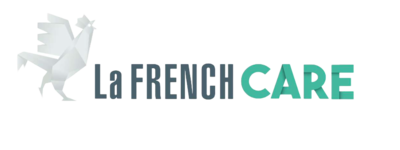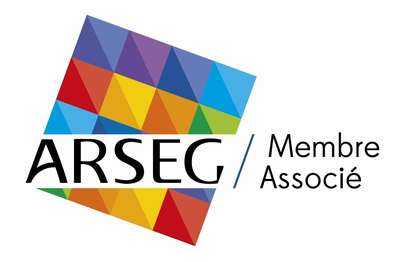As the season of colds and other viruses approaches, we have an opportunity to take stock of (the) health of the workplace.
Every new school year brings its share of new features. This year is no exception with the introduction of the prevention passport on October 1. What does it do? To record the qualifications obtained by employees in the context of health and safety training. safety at work. And, according to the latest report by the French National Agency for the Improvement of Working Conditions (Anact), certain groups would benefit from being more involved in awareness campaigns, prevention policies and other training offers.
Indeed, the decline in workplace accidents (-11%, over a period from 2001 to 2019) is misleading. Anact reveals that male and female employees remain unequal in terms of workplace safety. The 27% decrease in work-related accidents among men is only the tip of the iceberg, masking a 42% increase in accidents among women. Women whose active population has only increased by 13%. The explanation? It can be found by analyzing which sectors are the most affected. Health care, social work, temporary work, cleaning: these are all areas in which women are in the majority, and therefore women. But even in the same sector, women are at the top of the list of victims or the great absentees. This is because work organizations expose them more, as women are obliged to fit into an environment where everything has been designed for the "average" man and, what is more, in good health.
This discrimination, one more, makes us want to review five other figures that allow us to assess the health of employees... as well as female employees.

10
10% is the decrease in absenteeism in 2021 compared to 2020. Is this good news? At first glance, no doubt. However, this figure should be taken with a grain of salt, as the overall situation is far from encouraging. The 14th Ayming-AG2R La Mondiale Absenteeism and Engagement Barometer reveals that in 2021 absences will remain significantly higher than before the health crisis. Worse. Over the last few years, their progression is continuous, with absenteeism having increased by 36% since 2015. This is mostly dependent on employee engagement rates. 34% of engaged employees would have been absent, compared to 55% of employees with low engagement.
2
The study, however, does not say whether or not absenteeism is a function of the number of days teleworked. However, it is possible to imagine the state of health of teleworkers who have difficulty in disconnecting completely... In fact, 45% of teleworkers are said to be in psychological distress, according to the tenth wave of the barometer on the psychological state of employees, published last July by the firm Empreinte humaine. As if, finally, no one can have it both ways. Or, in other words, the advantages of teleworking without its disadvantages. But, as is often the case in health, the danger lies in excess. So, specialists agree on the need to limit telework. This opinion is shared by the many employees who telework two days a week.
The punchline of the article: As is often the case in health, the danger lies in excess.
64
The big plus of telecommuting? It allows everyone to reconcile their professional and personal lives as well as possible. A balance that is still difficult to find for many people, as indicated by a large study unveiled by France Info on September 2. 64% of French employees would indeed feel stress at work at least once a week. This figure is significantly lower than the world and European averages, but is nine points higher than in the pre-pandemic period. The cause? Long working days and increased responsibilities.
23
This stress could be expensive and add to the 23 billion euros spent every year by the Health Insurance to cover mental health care. This impressive figure is easily explained when we know that, each year, one person out of five is affected by a psychological disorder and that 20% of sick leave now concerns psychological disorders.
The best practice to adopt right away? The nap!
10
To deal with these difficulties, we can't stress enough the need to consult specialists or the importance of... taking a nap! There is nothing better than a 20-minute nap to calm your stress, as a study conducted by the University of Chicago has shown. Another superpower? To increase productivity by up to 35%! Far be it from us to contradict NASA. We would simply advise you to close your eyes in an environment with air quality as impeccable as that of a spaceship!
Marianne Fougère






